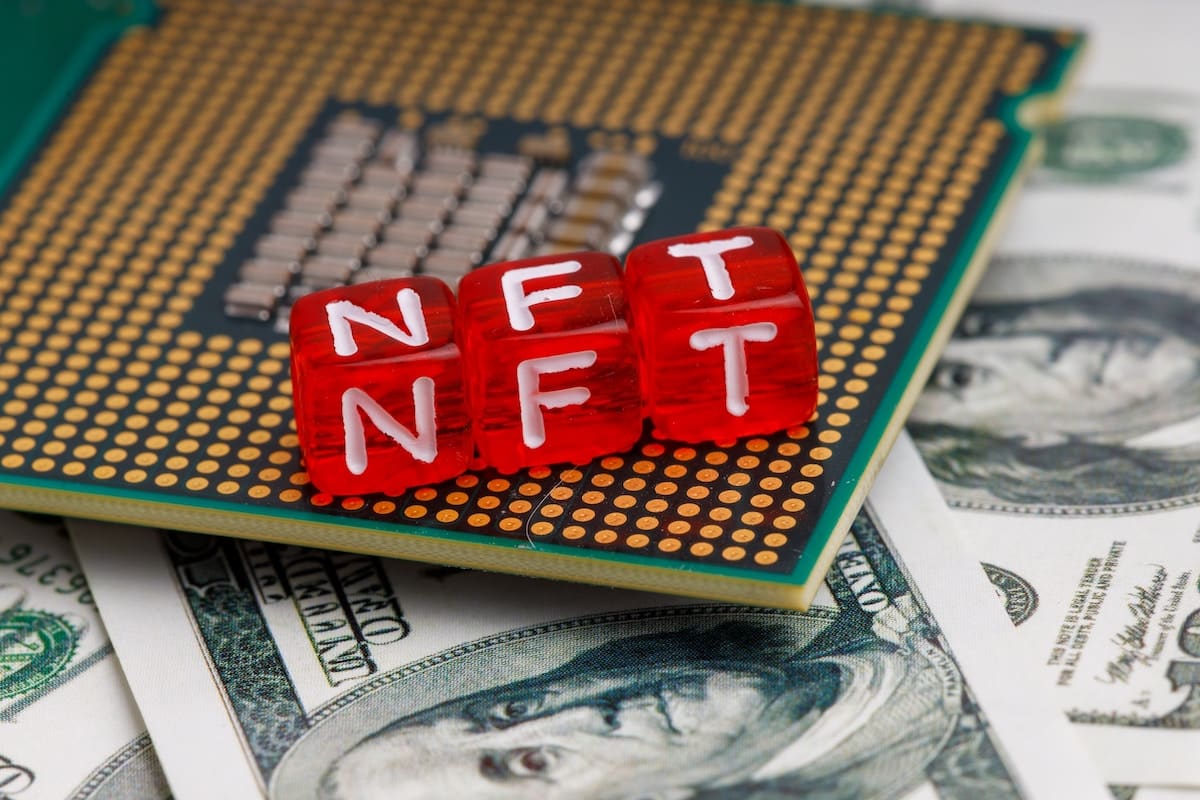NFTs are revolutionizing the digital art and collectibles market. Owning an NFT can be perceived as owning a one-of-a-kind piece of art in the digital world. Digital artists are benefiting greatly from this new crypto audience, with massive sales changing their lives. If you’re curious about NFTs and want to learn more, you’re in the right place. Let’s explore what all the excitement is about!
What is NFT?
NFT, short for Non-Fungible Token, is a digital asset that represents unique collectibles such as art, music, and games. These assets are authenticated using blockchain technology, the same technology that powers cryptocurrencies.
NFTs are created using programming similar to cryptocurrencies, but they have distinct properties. Unlike other cryptographic assets, NFTs cannot be exchanged or traded on an equivalent basis. They are unique and cannot be replaced or interchanged.
While physical currency and cryptocurrencies like Bitcoin or Ethereum are fungible, meaning they can be traded or exchanged for one another, NFTs are non-fungible, possessing unique characteristics that set them apart.
How Does NFT Work?
Understanding the inner workings of NFTs is the next step after grasping their basic concept.
Most NFTs are built on the Ethereum blockchain, a decentralized public ledger that records transactions. Each NFT is an individual token that contains valuable information within it.
Similar to physical artwork, NFTs can be bought and sold based on their market value and demand. Their unique data enables straightforward verification and validation of ownership, as well as the seamless transfer of tokens between different owners.
Examples of NFT
In the realm of NFTs, there is a range of fascinating examples that showcase the versatility of this emerging technology:
- Digital Collectibles such as unique artworks, trading cards, and virtual items can be owned and traded.
- Individuals can claim ownership of specific web addresses in a verifiable and secure manner.
- Even players in the gaming industry can own and trade in-game assets, characters, and virtual real estate.
- Essays: Written works, such as articles, essays, and literature, can now be minted as NFTs.
- Digital representations of limited-edition sneakers can be owned, traded, and displayed as collectible items.
These examples demonstrate the diverse applications of NFTs, showcasing their potential to reshape various industries and redefine ownership in the digital age.
Image Credit: Photo by Andrey Metelev on Unsplash


